With the warm summer days now upon us, it’s time to tend to our vegetable gardens and bring fresh produce to the table. However, when planning your beds for the season, you may be wondering whether landscape fabric is safe enough for growing vegetables or not. It seems like a great idea in theory – preventing weeds while allowing moisture and air to pass – but what are the actual realities of using this fabric for your plantings? Take a closer look at the truth about landscape fabric and its implications on growing vegetables.
Common Concerns About Landscaping Fabric
The Use of Petroleum in Landscaping Fabric
One of the most commonly voiced concerns about landscaping fabric is the use of petroleum-based plastics in its construction.
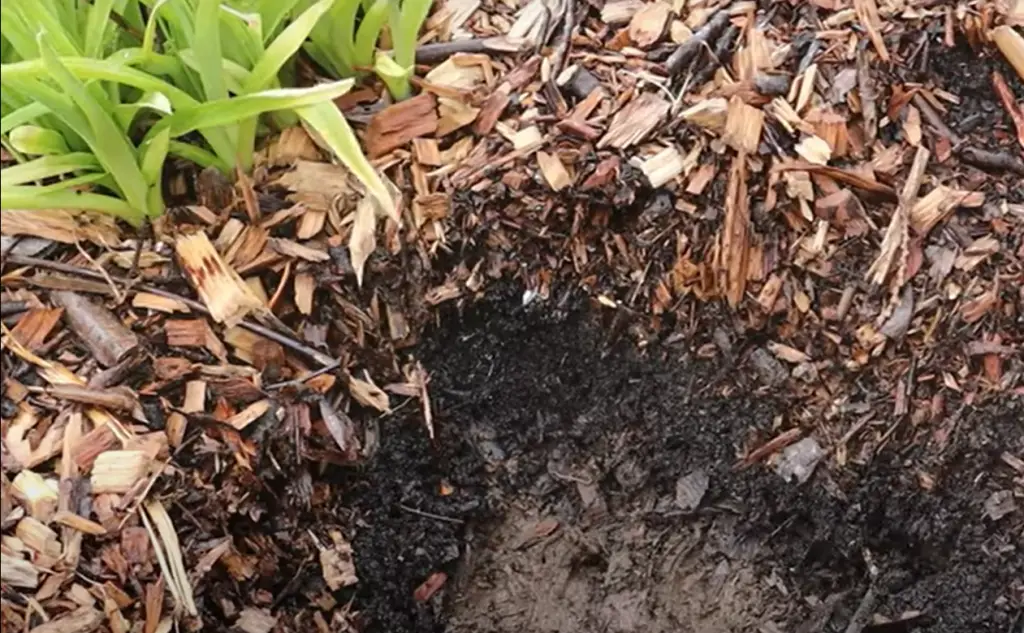
Many types of landscaping fabrics indeed contain polyethylene and polypropylene, both of which are derived from petroleum. However, these materials have been chosen for their superior durability and long-term performance. Landscaping fabric made with these materials will not break down or degrade over time, even when exposed to extreme weather conditions.
The Effect on Plant Growth
Another common concern regarding landscaping fabric is its effect on plant growth. While some people worry that it may restrict roots from reaching water and nutrients deep in the soil, studies have actually shown that plants can grow just as well under a layer of landscaping fabric. This is because the material allows for air and water to move through it while preventing weeds from taking root in the soil beneath.
The Use of Polypropylene in Landscaping Fabric
One commonly expressed concern about landscaping fabric is the use of polypropylene in its construction. Polypropylene is a petroleum-based plastic but, unlike other plastics, it does not release harmful chemicals into the environment. In fact, studies have shown that polypropylene offers greater protection from ultraviolet radiation than other types of plastic, making it an ideal choice for outdoor use.
The Impact on the Environment
Finally, some people are concerned about the environmental impact of using landscaping fabric. While it is true that some plastics may not break down easily, many types of landscaping fabrics are now made with recycled materials or natural fibers like jute. This makes them far more eco-friendly than other options such as chemicals or herbicides used to control weeds. Additionally, by eliminating the need to pull out weeds manually, you can save a lot of time and energy which would otherwise be expended on this task [1].
What to Look for in a Landscape Fabric
UV Stabilized Fabric
When choosing the best landscape fabric for your needs, look for a product that is “UV stabilized.” This means it has been treated to prevent the sun’s UV rays from breaking down and degrading the fabric over time. UV stabilization will help ensure that the fabric lasts longer and does not need to be replaced as often.
High Water Flow Rate
Also, consider how much water can pass through the fabric. The higher the flow rate of water, the better it will be at controlling weeds while also allowing moisture and nutrients to reach your plants’ roots. Look for a fabric with a high permeability rating that measures how easily water passes through it. The average flow rate of water through landscape fabrics is around 10 gallons per minute.
Easy Installation and Removal
When choosing landscape fabric, look for a product that is easy to install and remove.
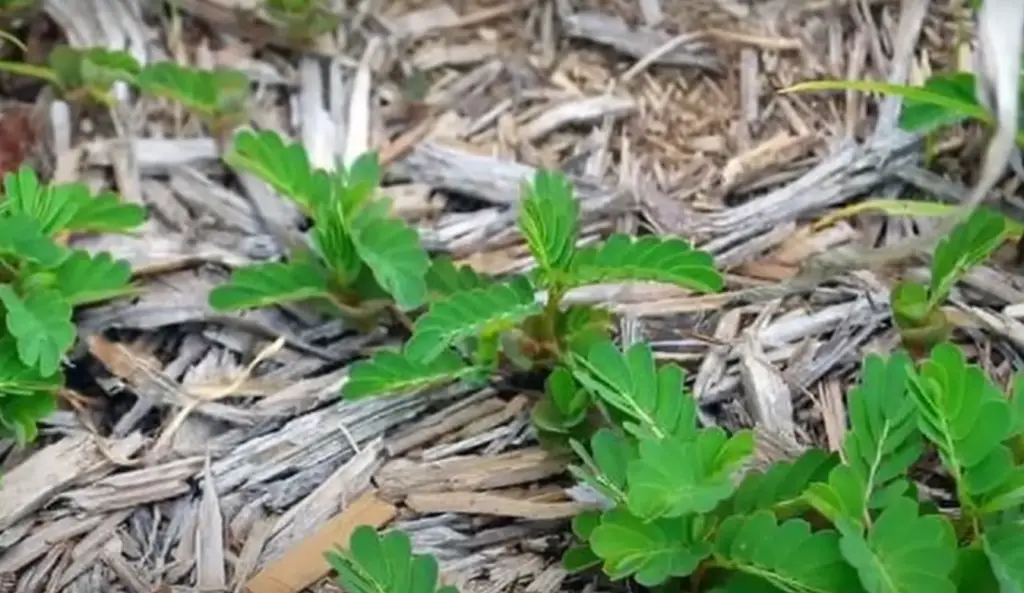
Some fabrics are bulky and heavy, making them difficult to handle and install. Others may be too thin or lightweight, which could make it hard to secure in place. Choose one that is light enough to handle easily yet strong enough to hold up against wind, sun, and water damage.
Non-Fray Edges
Look for a landscape fabric with non-fray edges. This will ensure that the edges stay intact and don’t come apart over time. Non-fray edges also help to prevent weeds from growing through them. Moreover, non-fray fabrics are much less likely to snag on tools or clothing when being handled.
Affordable Price
Landscape fabric does not have to be expensive. Look for a quality product that offers good value for your money. Consider how often you will need to replace the fabric, as well as its overall durability and ability to withstand UV rays, wind, water, and weeds. Spending a bit more upfront may save you money in the long run by providing higher-quality protection for your plants and garden.
Long-Term Durability
You want landscape fabric that will last for many years without needing to be replaced. Make sure the fabric is made out of high-quality materials so it can withstand wear and tear over time. Look at the manufacturer’s warranty or guarantee as well before making your purchase. This will help ensure that you get the most value out of your investment in landscape fabric [2].
Benefits of Using Landscape Fabric
Discourages Weeds
One major benefit of using landscape fabric is its effectiveness in discouraging weed growth. The tightly-woven material does not allow sunlight to reach any seeds, thus preventing them from germinating and growing. This saves time and energy as homeowners no longer have to manually pull up weeds or use chemical herbicides regularly.
Improves Soil Quality
Another advantage of using landscape fabric is that it helps improve soil quality over time. As the material slowly breaks down, it adds nutrients to the soil, increasing the fertility of the area and improving its overall health. This makes it easier for plants, flowers, and trees to flourish in the area for years to come.
Reduces Maintenance Time
Using landscape fabric also reduces the amount of time homeowners have to spend on regular maintenance.

The fabric is easy to install and does not require any special upkeep, as it can last up to 25 years with proper care. This allows gardeners more time to focus on tasks such as planting, weeding, and tending to their plants.
Prevents Erosion
Landscape fabric can help prevent soil erosion in areas prone to heavy rainfall or flooding. The material acts as a barrier between the soil and water, reducing the impact of running water and preventing soil from washing away over time. This helps maintain healthy landscapes even in harsh climates.
Reduces Moisture Evaporation
The fabric also helps reduce the evaporation of moisture in the soil, allowing plants to benefit from prolonged hydration. This can be especially beneficial for flower beds and vegetable gardens, as it helps maintain ideal moisture levels for optimal health. Furthermore, landscape fabric helps keep weeds from growing and stealing nutrients away from other plants.
Protects Against Soil Compaction
Landscape fabric protects against soil compaction due to heavy foot traffic or vehicle weight.
This helps preserve healthy soils even when exposed to a high degree of activity or constant use.Stabilizes Soil Temperature
Landscape fabric works to stabilize soil temperature and protect against extreme fluctuations. This is beneficial for plants that require specific temperatures to thrive, as the fabric helps keep the soil warm during cooler months and cool during warmer ones. This ensures that plants can grow without interruption even when exposed to harsh weather conditions or other factors.
Cost-Effective
Finally, landscape fabric is a cost-effective solution for preventing weeds and improving soil quality. The material is relatively inexpensive and can be reused multiple times before it needs to be replaced. This allows homeowners to save money on regular maintenance while still reaping the benefits of using landscape fabric [3].
Disadvantages of Using Landscape Fabric
Fabric Deterioration
One of the primary disadvantages associated with using landscape fabric is its potential to deteriorate over time. UV rays from the sun can cause it to break down and eventually lose its effectiveness, resulting in weeds once again infiltrating your garden. Additionally, you may find that animals tend to tear or chew through it, leaving pockets of exposed soil that are vulnerable to weed growth.
Prevents Nutrients Access
Another downside to using landscape fabric is that it can prevent beneficial nutrients from getting into the ground. If other plants are growing in your garden, they may not be able to access essential minerals and compounds that will help them grow.
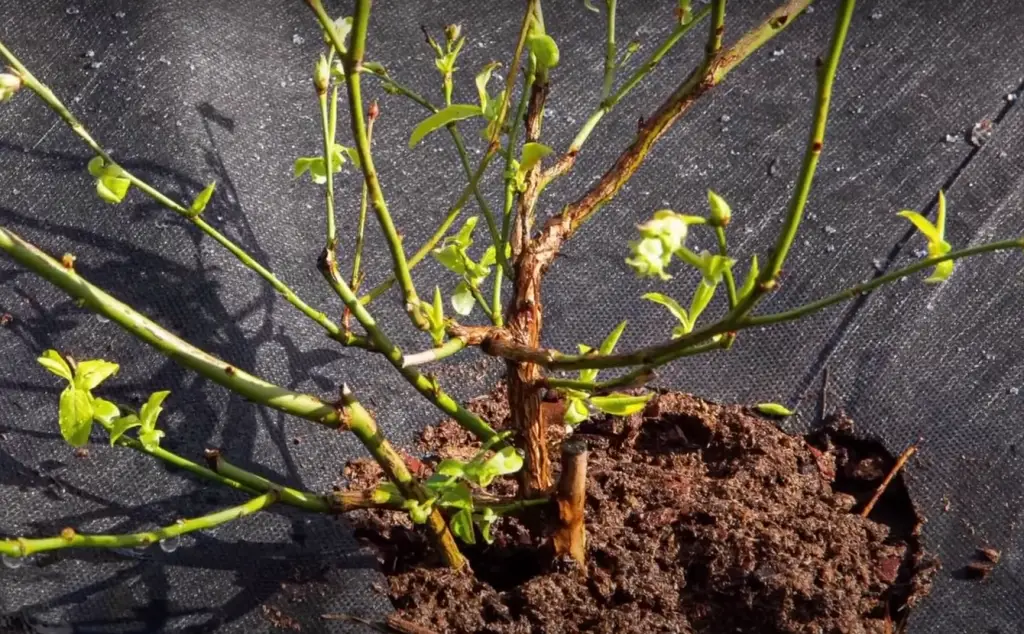
Additionally, soil organisms that help keep your garden healthy may have a harder time entering and existing the area.
Difficult To Plant In
It can be difficult to insert plants directly through the fabric without damaging its integrity or weakening its effectiveness at preventing weeds. It might be easier to pull back sections of the material whenever you need to introduce new plants into your garden. However, this process could potentially undo some of the work you’ve done by allowing weeds to seep into your space once again.
Inconvenient Removal
Removing landscape fabric once it’s been installed is no easy task, as it’s designed to form a tight bond with the ground. Even if you’re successful in dislodging it, there will likely be bits of fabric left behind that you then have to pick out by hand. This is especially true if trees or other plants are growing in your garden that were planted through the material.
Discourages Re-seeding
Landscape fabric can effectively discourage any re-seeding that you’d like to do in your garden.
As a result, you could find yourself dealing with overcrowding issues more often than usual.Tricky Weed Removal
Weeds that manage to get through the material can be extremely difficult to remove and may require digging up portions of the fabric. This process can not only be very time-consuming but could also weaken the material’s overall effectiveness in preventing future weed growth.
Difficult Re-Planting
If you’re looking to re-plant certain areas of your garden that are covered with landscape fabric, then you’ll need to be extra careful when removing the material. Any mistakes could cause significant disruption to your garden and lead to more weed growth in those sections. Additionally, it can be difficult for new plants to take root due to the fabric blocking access to essential nutrients.
Unattractive Appearance
Finally, landscape fabric can typically look quite unattractive compared to other landscaping materials. This is especially true when weeds start growing through it or if the material begins to break down over time. If you’re looking for a way to spruce up the appearance of your garden, then this may not be the best option.
How do you plant a vegetable garden with landscape fabric?
- Decide where the garden will be located and mark off the area with stakes. Make sure that it is in an area that gets six to eight hours of sunlight a day.
- Remove any weeds or debris from the site, then loosen and level the soil with a shovel or rake.
- Cut landscape fabric into pieces to cover the entire area of your vegetable garden, including up any nearby pathways or sidewalks that surround it. Use heavy-duty staples to secure the fabric to prevent any weeds from growing through.
- Cut holes in the fabric for each plant, making sure they are large enough so you can easily place each seedling inside without damaging its root ball when doing so.
- Place the seedlings into the ground, cover them with soil, and water them thoroughly to help settle the roots in their new environment.
- Add a layer of mulch around each plant to keep weeds at bay and retain moisture in the soil. This will also help reduce the amount of weeding you have to do during the growing season.
- Monitor your plants throughout the summer for any signs of disease or pest infestations, and use organic methods to combat these issues if they occur. Keep an eye on your vegetable garden throughout its life cycle for optimal health and productivity [4]!
Healthy Alternatives to Landscaping Fabric
Mulch
Mulch is a great way to maintain the soil temperature and moisture level of your garden while also preventing weed growth. It can give your garden a finished look, protect its roots from extreme temperatures, and conserve water.
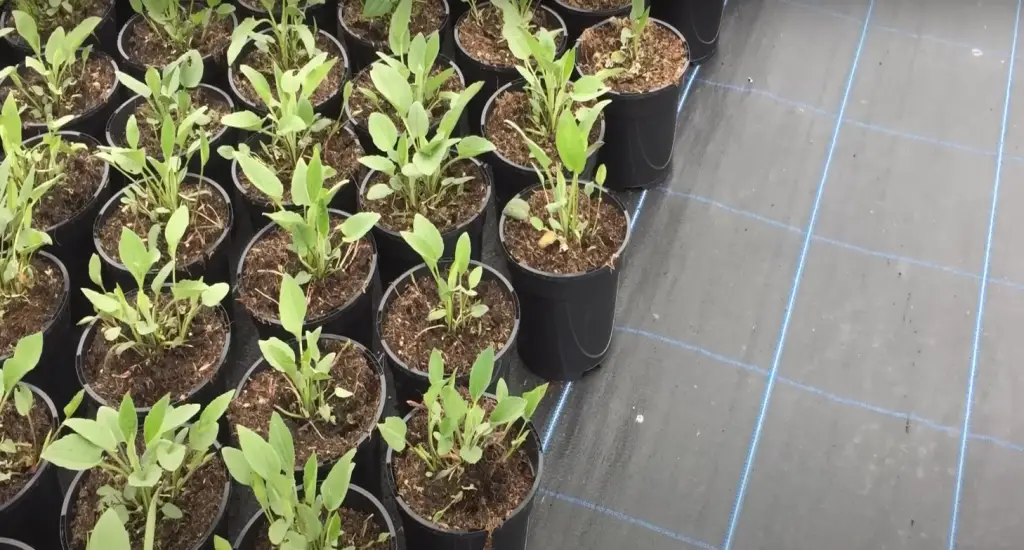
Mulching also helps enrich the soil with organic material as it breaks down over time. There are many types of mulch available, from natural materials like bark or wood chips to artificial materials such as rubber mulch.
Cover Crops
Cover crops are plants that are grown specifically for their ability to hold soil in place and prevent erosion. They can be planted during cooler months when you don’t have other plants growing in your garden, then tilled back into the ground in the spring. This method can help keep soil healthy and full of nutrients, which will benefit any plants you choose to grow in the future.
Invasive Plants
Invasive plants are those that have adapted to thrive in an unfamiliar environment, such as your garden. These types of plants often require little maintenance and can be used to fill empty spaces or smother weeds. Some examples of invasive plants include kudzu, English ivy, and wild garlic mustard. These types of plants are great for creating a dense ground cover that can prevent weed growth while also being low-maintenance. Just make sure to keep an eye on them so they don’t spread too much!
Cardboard
Using cardboard as a weed barrier is a great, low-cost alternative to landscape fabric. Simply lay down several layers of cardboard in the areas where you don’t want weeds to grow and cover it with mulch or soil. This will provide a physical barrier that will prevent any new weeds from sprouting up. Plus, since cardboard breaks down over time, you won’t have to worry about disposing of old landscape fabric every year!
Compost
Using compost as an organic weed barrier is another great way to keep your garden healthy and free from unwanted plants. Compost helps keep soil nutrient-rich and improves its drainage capabilities while also preventing weed growth. It can be applied directly on top of the soil or mixed into the soil to give your plants a nutrient boost. Compost can also be used in combination with other methods like mulching and covering crops for an even more effective weed barrier.
Pre-emergent Herbicide
Using a pre-emergent herbicide is another great way to prevent weed growth without having to use landscape fabric. Pre-emergent herbicides work by creating an invisible barrier that stops weed seeds from sprouting in the first place.
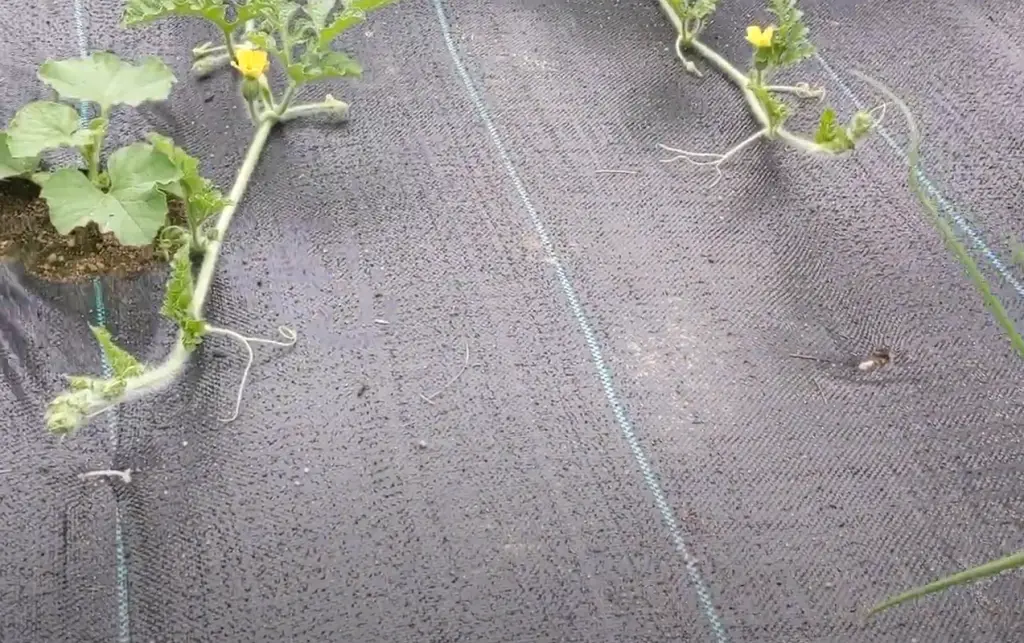
This can be very effective in preventing weeds from taking over your garden and is much less labor-intensive than manually pulling out weeds every week.
FAQ
Can you put landscape fabric around tomatoes?
Yes, you can use landscape fabric to keep weeds away from tomato plants. Landscape fabric should be placed around the entire tomato plant bed so that it forms a barrier between the soil and weeds. It is important to make sure that the fabric has holes or slits cut in it for the tomato plants to grow through, otherwise, they will not get enough air circulation and sunlight, which can affect their growth. Additionally, it’s important to remember to lift the edges of the fabric periodically to allow water and nutrients into the soil for optimal plant health. Lastly, when using landscape fabric in areas with heavy rainfall, make sure that any rainwater accumulates on top of the plastic sheeting instead of running off into other parts of your garden. This will help to prevent flooding and erosion.
Is landscape fabric safe for the environment?
Landscape fabric can be an eco-friendly and effective way to keep weeds away from your garden, however, some environmental concerns come with its use. Landscape fabric is made of synthetic materials which can release pollutants into the environment if not disposed of properly. Additionally, landscape fabric can impede water absorption, leading to increased runoff when it rains. It’s important to make sure that any rainwater accumulates on top of the plastic sheeting instead of running off into other parts of your garden to prevent flooding and erosion. Lastly, it is important to avoid using herbicides or pesticides with landscape fabric as these chemicals can contaminate surrounding soil and water sources.
Why use landscape fabric instead of plastic?
Landscape fabric is a great alternative to plastic as it is far more breathable and allows air and water to penetrate the soil. This means that your plants will have better access to oxygen, nutrients, and moisture for optimal growth. Plastic does not allow these things to pass through, creating an environment where the plant roots can’t get enough oxygen or moisture. Additionally, landscape fabric is made of biodegradable materials which are much better for the environment than plastic. Lastly, landscape fabric usually comes in larger rolls so you can cover bigger areas with fewer seams. This makes for a much neater look in your garden than if you were using multiple pieces of plastic sheeting.
How often should I replace landscape fabric?
The lifespan of landscape fabric depends on the type you choose and how much wear and tear it is exposed to. Generally, you can expect most types of landscape fabric to remain intact for up to five years, but it’s important to check your fabric periodically for signs that it needs replacing. If the fabric is showing signs of thinning or tearing, then it should be replaced as soon as possible. Additionally, if you notice weeds beginning to grow through the material, then this could be a sign that the material has weakened over time and needs to be replaced. It’s also important to remember that all fabrics will eventually need replacing due to weathering and other external factors.
Is polypropylene fabric safe for gardening?
Yes, polypropylene fabric is a safe and effective option for gardening. Polypropylene fabric is a synthetic material that is designed to be resistant to tears, mildew, and UV light damage. It’s also highly breathable which allows air and water to penetrate the soil for optimal plant health, while still providing an effective barrier against weeds. Additionally, it is non-toxic and biodegradable so it won’t harm the environment if disposed of properly. As with all landscape fabrics, it’s important to remember to lift the edges periodically to allow water and nutrients into the soil for optimal plant health.
Useful Video: The Pros and Cons of using Weed Control Fabric (Landscape Fabric)
Conclusion
Landscape fabric in vegetable gardens is a highly debated topic. Some gardeners believe it helps to reduce weeds and conserve moisture in the soil, while others feel that it prevents water and nutrients from reaching the plant roots. Ultimately, the decision comes down to personal preference, budget, and the requirements of your gardening plot. It’s important to research both sides of this debate before making a final decision on whether or not landscape fabric is right for you. With careful planning and thoughtful consideration, you can use landscape fabric in your vegetable garden without compromising its health or productivity.
References:
- https://thrivingyard.com/is-landscaping-fabric-food-safe/
- https://www.trees.com/gardening-and-landscaping/landscape-fabric-in-garden
- https://lawnlove.com/blog/lawn-care-pros-and-cons-of-landscape-fabric/
- https://lawnlove.com/blog/lawn-care-how-to-use-landscape-fabric-in-a-garden-or-flower-bed/






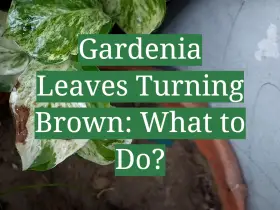
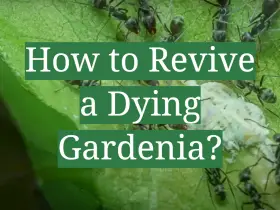
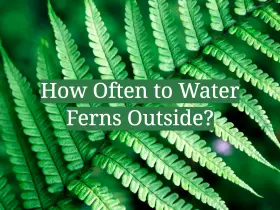
Leave a Reply
View Comments